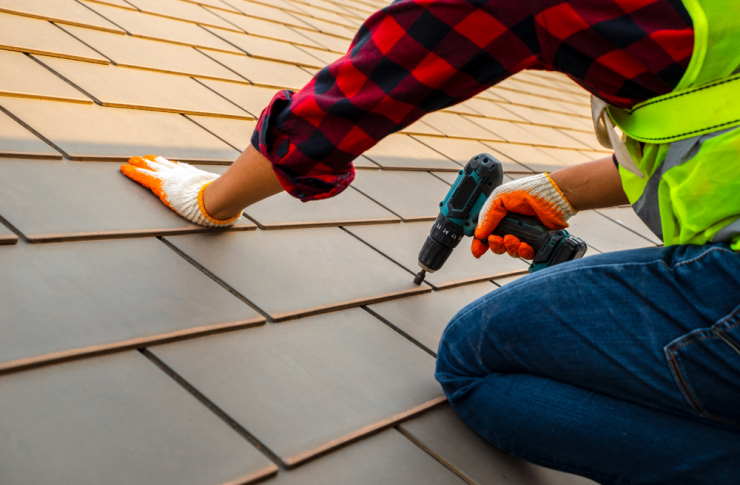Roof Repair: How to Fix Common Roof Issues
Discover the steps to repairing common roof problems and prolonging your roof’s lifespan. This guide will provide tips for identifying signs of roof damage, estimates for common roof repairs, and when to call in a professional roofer.

Spotting the Signs of Roof Damage
Identifying signs of roof damage early can save you from costly repairs down the line. Look for missing or damaged shingles, discoloration, or sagging sections. Inside your home, you might notice water stains on your ceilings or walls, which indicate a leak. Regular roof inspections can help you spot these issues before they escalate.
DIY Roof Repair Tips
Roof repairs can sometimes be a DIY project, but safety should always be your first concern. If you’re comfortable with heights and have the right tools, replacing a few damaged shingles or sealing a small leak might be within your capabilities. Always use proper safety gear and never work on a wet or icy roof.
Preventive Maintenance to Avoid Future Damage
Preventive maintenance is key to prolonging the life of your roof. Regular inspections, cleaning your gutters, and removing debris can help prevent damage. Consider having your roof professionally inspected once a year, especially if it’s older or has been exposed to severe weather.
Cost Estimates for Common Roof Repairs
The cost of roof repairs can vary greatly depending on the extent of the damage and the materials used. On average, homeowners spend between $300 and $1,100 on a roof repair. Minor repairs, like fixing a few shingles, can cost as little as $150, while major repairs can run into the thousands.
Useful Roof Repair Tips and Facts
- The average lifespan of a roof is 20-25 years, but this can vary based on the materials used and the climate.
- A sagging roof is a serious issue that could indicate structural damage.
- Always get several quotes before hiring a roofer to ensure you’re getting a fair price.
When to Hire a Professional Roofer
While some minor repairs can be handled by a DIY enthusiast, there are times when it’s best to call in a professional. If your roof is sagging, has extensive damage or leaks, or you’re not comfortable doing the work yourself, it’s time to call a pro. They have the training and equipment to safely and effectively repair your roof.
In conclusion, taking care of your roof is an important part of home maintenance. By recognizing signs of damage early, performing regular preventive maintenance, and knowing when to call in a professional, you can help ensure your roof stays in good shape for years to come.




